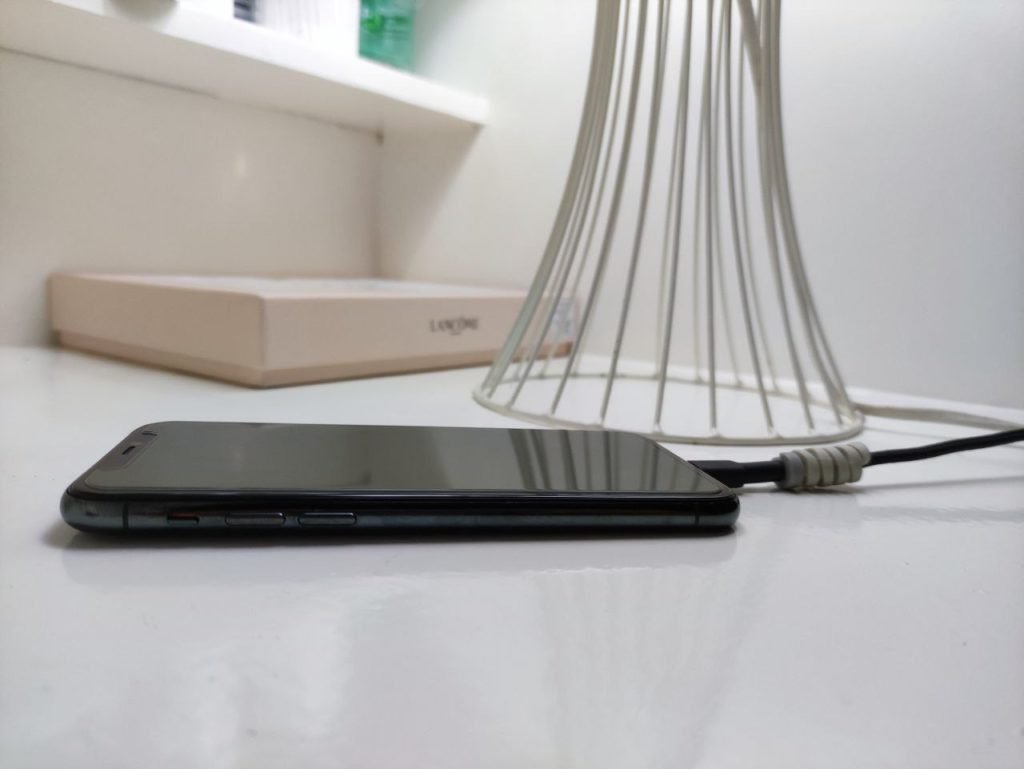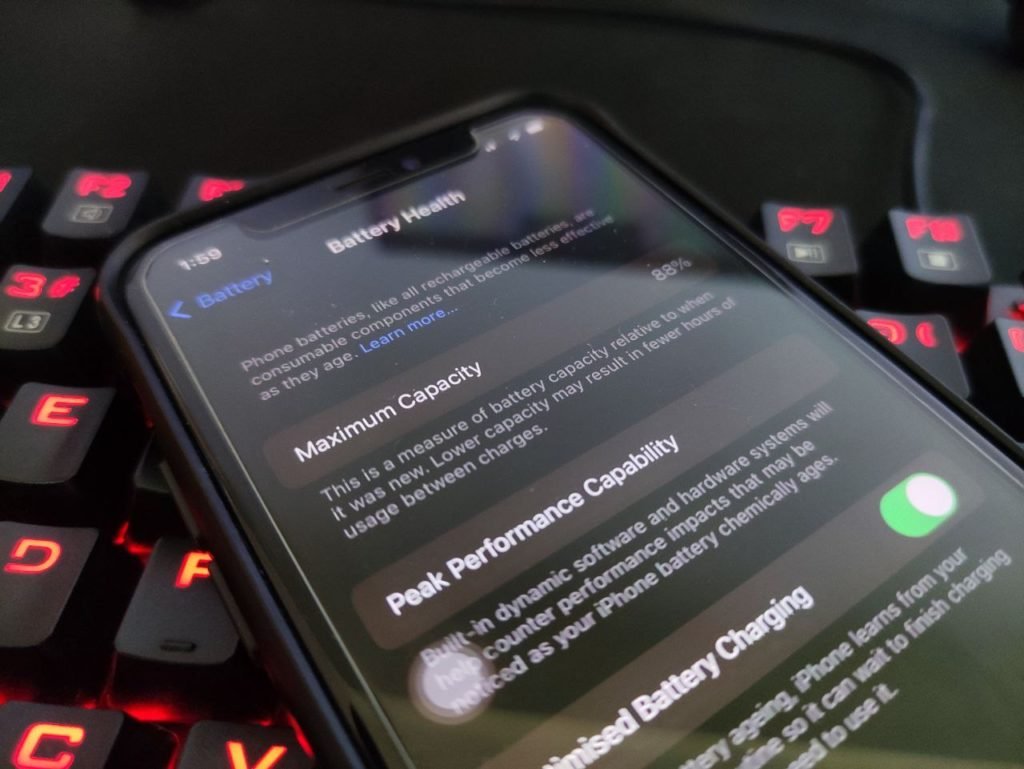The Truth About Your Smartphone Battery

Take better care of your phone by debunking four myths about charging its battery and uncovering the truths behind them.
People charge their smartphones in a lot of ways. With the unveiling of other methods such as wireless charging, we can say that innovation is definitely on a roll. A lot of us at home use a type-C or lightning cable to juice up our devices. This conventional way of charging, on the other hand, carries a lot of myths behind it. So, we are here to tackle them.

Debunking The Myths About Charging Your Smartphone
Charging your phone overnight is bad for your phone’s battery life.
This is not true. Maybe, it did before. However, since technology has grown, chargers and the phone can now communicate. It essentially prevents an overcharge or an overload from happening during overnight charging. Like with any modern smartphone today, the charging stops once the battery hits a hundred percent. It trickles the charge to keep the phone’s battery level somewhere between 99% and 100%.
Fast charging degrades the lifespan of your smartphone’s battery lifespan
Fast charging in smartphones has started to… get wild. For Android devices, we see fast charging going way up to 120 watts. It has become a crazy fast way to charge your phone, and it won’t even take an hour. This has led many to believe that fast charging can be bad for devices.
The myth suggests that fast charging stresses out the battery compared to slower charging. The enemy lies beneath the heat generated from high wattage charging. It degrades your phone battery’s lifespan so much. The case is especially true for iOS users.

iPhones have Lithium-Ion (Li-Ion) batteries. While they do have a higher power density, they also tend to remain sensitive to high temperatures. So, fast charging can degrade lifespan through the heat that flows through it.
This doesn’t mean that Android users with Lithium Polymer (Li-Po) batteries remain off the hook. Remember, your phone is also a computer. Inside that phone include components that do not like high or extremely low temperatures. So, don’t even try chucking your phone inside a freezer thinking it would help your phone’s battery.
I can use any charging cable for my phone. If it works, it should be fine. Right?
This is actually wrong. Bad cables can damage your phone’s battery life, as well as using unofficial chargers for your phone. The chargers have evolved to a point where they can limit the amount of charge that goes into a phone, essentially making it safe. Unfortunately, for off-brand chargers that you can buy anywhere, that won’t always be the case. They might not have the same safety feature that limits the amount of charge given to the phone. Aside from that, they may also not charge the phone optimally the same way an original charger does.
Charging from 0 to 100 is bad for your battery.
This is true. You should never fully drain your phone’s battery. This puts it under a lot of stress. Charging it from zero to a hundred increases your battery’s charge cycle, making it degrade and/or age faster.
So, what should you do?
To extend your phone’s battery life, don’t let it get hot while charging. Avoid putting it under anything or on a cushion. And, take it out of the phone case if you can. Aside from that, don’t ever let it drop below twenty percent. Keep it charged between twenty to eighty percent. Because this is the time when the phone’s battery becomes the least stressed.
It has become so expensive to buy a new phone every year. Typically, we should keep our phones for three years or more. And, in that amount of time, it’s best to stretch out your phone’s lifespan before opting to get the shiniest new model in the stores.
Gian is nerd, a big one. He is fascinated by technology and how it improves our day-to-day life, and if you happen to meet him, he’ll most likely geek out about the tech you’re carrying. He tends to find it hard to stop talking when asked about things that interest him, so he writes about it all instead.











